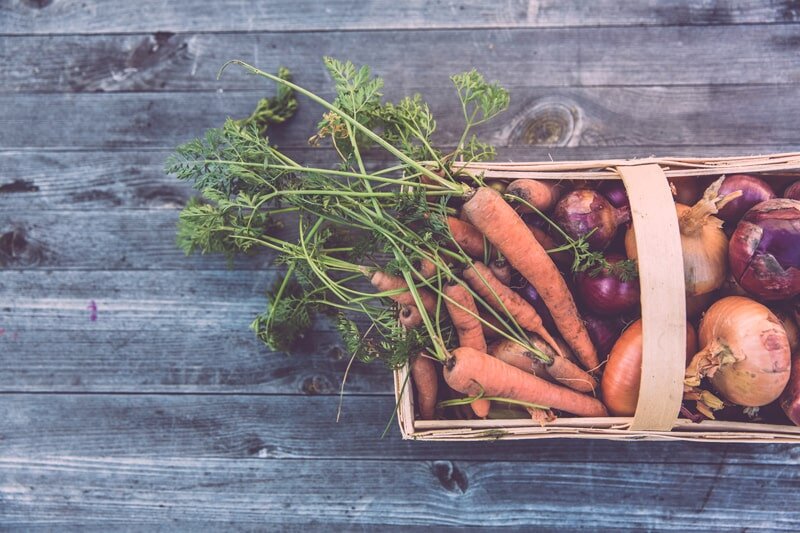Tips for Maximizing Your Victory Garden Harvest
Tips for Maximizing Your Victory Garden Harvest
While many of us are asked to stay home, there's an urge to nurture the garden and you can yield great results! Here are some tips to help maximize your gardens:
1. Increase the yield of small spaces by installing a vertical garden system, trellises, planter box ladders, or potato boxes. Use succession planting techniques.
2. Rats are fond of many garden veggies. You may feel safe without deer netting if your garden is in an enclosed area, but a simple fence or net system will keep out rodents and other small animals.
3. If you have aphids, a sturdy blast of water typically damages their mouthparts and prevents further feeding on plants. Heavy aphid infestations might be a sign of stress (improper watering or wrong exposure). Note that aphids are vectors of more serious plant-diseases like mosaic viruses.
4. Get kids into the garden with fun plants like cukemelons and Chilean guava (Ugni molineae). The latter has berries that taste like cotton candy! Build a living teepee with pole beans, hops or willow. Make wreaths from air drying flowers like statice, baby's breath, strawflowers and lavender.
5. Freezing vegetables is the easiest way to preserve what you've grown. Blanch vegetables, let them cool, and pack in airtight containers.
6. Consider a calming tea garden. Bee balm (monarda), catmint, chamomile, rosemary, elderberry, lemon balm, lemon verbena, lemon thyme, rose hips, sage and scented-leaf geraniums (Pelargonium spp.) make great teas. If you're ambitious, local nurseries have started carrying the Camellia sinensis plant, which is the source of white, green, and black teas.
7. Eat your weeds. Purslane, miner's lettuce, lamb's quarters, and sheep's sorrel are all great for salads. Burdock makes a nutritious relish or chutney, nettle is high in iron and dandelions can be rendered into wine with just cheesecloth and canning jars. Just be sure to properly identify your weeds before you eat them! Ask your landscaper if you're unsure.
8. Try some flowers. Nasturtiums have a wonderful, peppery flavour. Rose petals and rosehips are high in Vitamin C, and if you have lots of strawberry, pumpkin, or pea blossoms you can sacrifice some to a salad or fry the pumpkin blossoms in a tempura batter.
9. Tweak your timing: A farmer friend of mine used to say that gardening is always about the next time around. Start paying attention to climate and historic weather patterns to optimize growth and avoid pests by learning about their life cycles and patterns of emergence. While you're at it, plan for late summer crops like arugula, leeks, carrots, broccoli, spinach, radishes, and onions. Fall is the time for garlic, walla walla onions, turnips, kale, and chard.
10. Put your watering regime on a timer too! A simple drip system hooked up to your hose bib will reduce your water bill and keep you from losing plants if you get too busy or forget to get out there to do it by hand.

